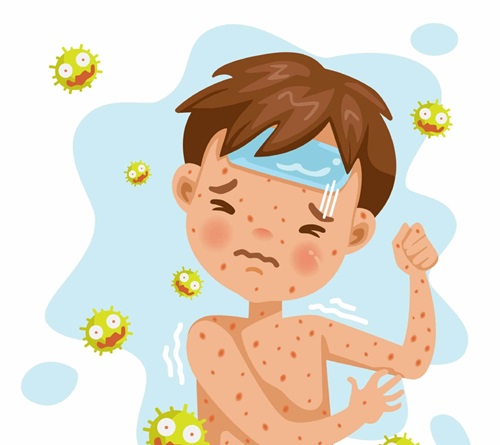
Circumcision
Circumcision:
Circumcision is the removal of the foreskin that covers the tip of the penis. It is a practice carried out by some families based on their historical and religious beliefs, while others choose not to perform circumcision for various reasons.
When is circumcision performed? Circumcision is usually done within the first ten days of birth (typically within 48 hours). It is performed by a pediatrician in the hospital, a family doctor, an obstetrician, or by a trained professional at home according to certain cultural rituals. For premature babies, circumcision is often delayed to avoid potential health problems. For newborns and older children, it is considered completely safe.
How is circumcision performed? Local anesthetic substances like lidocaine are injected into the penis to reduce pain. Then, a plastic clamp is placed around the foreskin and tightened to minimize bleeding. The foreskin is removed below the clamp. In most cases, dissolvable stitches are used and will dissolve within 5-8 days after the surgical site has healed.
Benefits of circumcision: Children who undergo circumcision have a lower risk of:
- Contracting sexually transmitted diseases, including HIV, as they grow older.
- Developing urinary tract infections during their first year of life.
- Developing penile cancer (which is rare in both circumcised and uncircumcised males).
- Developing penile infections as it is easier to maintain cleanliness with a circumcised penis.



